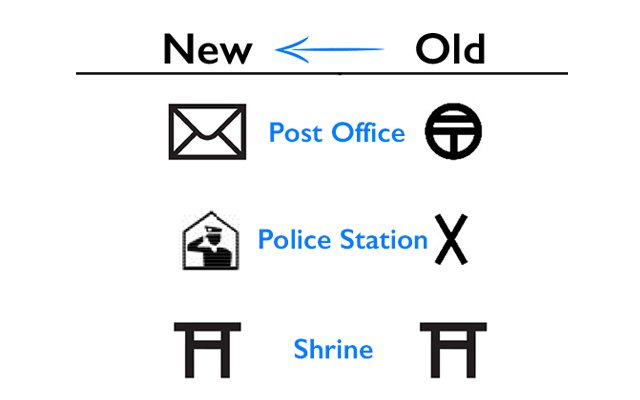- Source:
- gsi
Related Article
-

Japanese Wool Felt Artist Creates Ultra-Realistic And Adorable Shiba Inu, Corgis, And More!
-

New App Now Lets You Make Shinkansen Reservations From Overseas
-

Catch Some Fresh Breath With These Shiny Poké Ball Mint And Candy Holders
-

Yakiniku chain offers affordable all-you-can-eat A5 wagyu course to battle pandemic food waste
-

5 Minutes Of Separation From Its Human Is Too Much For This Cat To Handle
-

Acrobatic Otter Swings And Spins On Towel As It Plays With Its Keeper



Japan is no doubt one of the most visited countries for tourists. The rich culture and advanced technologies surprises foreigners like they belong in a world that everything somehow are less appealing or downgraded perhaps. It’s quiet hard for countries to continue with their future steps while keeping their own traditions, but Japan balance it perfectly. The 2020 Olympics are coming in just a few years, so Japanese government has been preparing different welcoming-ways to host foreigners by changing old picture signs that only Japanese citizens recognized.
gsi
Just last week, the Geospatial Information Authority of Japan (GSI) officially finalized 15 pictograms that will begin to be integrated into maps. Most of the changes became more modernized and understandable, but the cool-looking postal code sign 〒 will instead become an envelope, similar to that of an e-mail emoji.
As for the 卍 temple sign, it will remain unchanged, although it was often confused for the Nazi swastika and many foreigners had urged Japan to redesign it. But the government has decided to educate tourists about its history and meaning instead of making a brand new one.
Based on redesigning research:
gsi
Those who said the first picture looks like the sign of the Nazi swastika included 7 people from various countries. (Italy, Switzerland, America, Canada, Australia [2], Philippine)
The sign is known as highly related to both Buddhism and Hinduism religion and has been used for thousands of years, even in India. A lucky charm protecting people from evil and it can be seen on most automobiles and trucks, especially more often at Hindu religious ceremonies and festivals. With the Olympics approaching, Japan may find itself in a difficult position of balancing putting emphasis on accommodating foreign visitors, while maintaining traditional aspects of its culture.